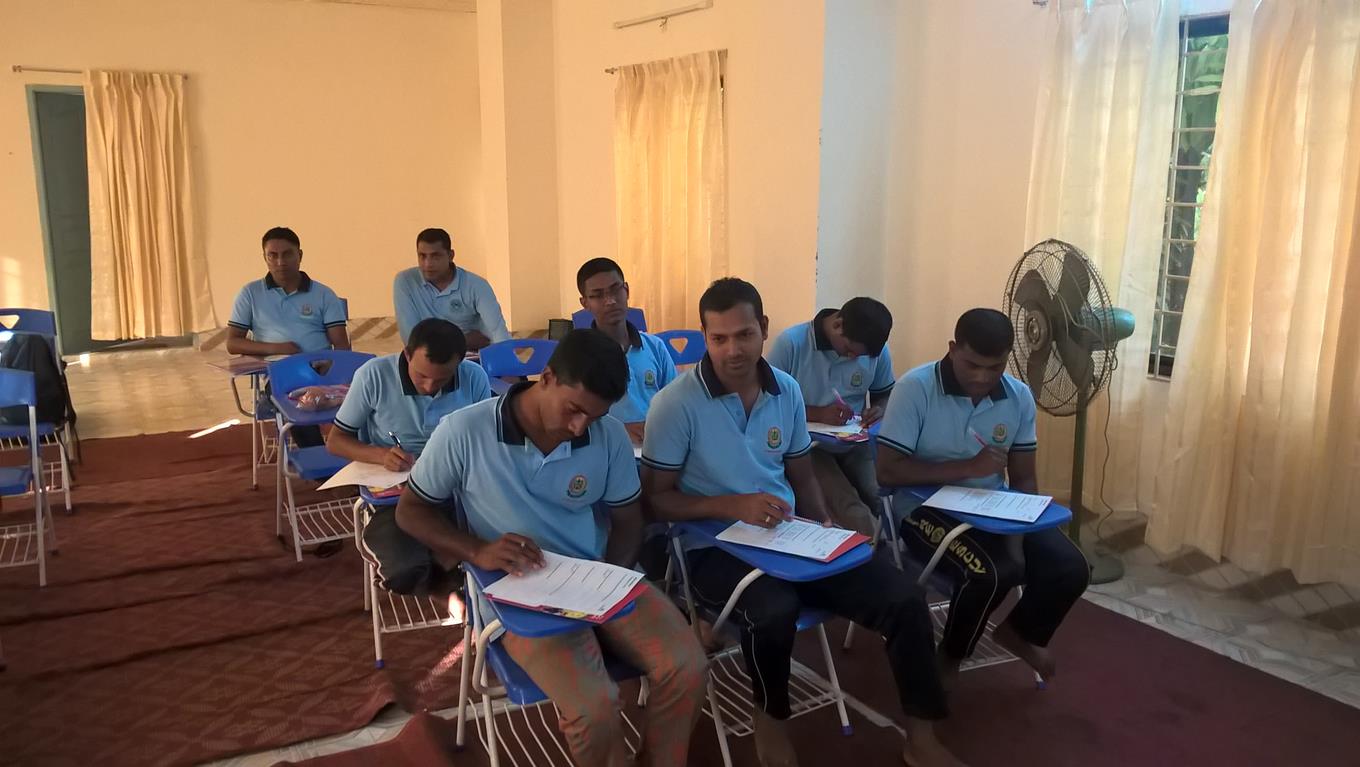Monitoring and evaluation plan
Method
A Monitoring and Evaluation (M&E) plan can be used to document and report on the progress of National Water Safety Plan implementation. This progress reporting is specifically in relation to the goals and objectives defined during water safety plan development. It is important to share an M&E document with funders and important stakeholders to clearly outline plan components and demonstrate the plans anticipated impact on addressing the drowning issue. Investing significant time and resources into an M&E will ensure it is high quality, comprehensive and updated regularly over the course of plan implementation.
An M&E plan can be an extremely complex and detailed document, particularly if a water safety plan has multiple goals and objectives. Therefore, it may be appropriate to start with completing a simpler M&E Framework. Templates are freely available online. An M&E Framework provides a simple table format for clearly defining project goals, outcomes and outputs against measurable indicators and targets.
An M&E plan should contain the following core components:
- A summary of the anticipated outputs and associated activities included in a water safety plan.
- A summary of the monitoring methods to be used when ensuring activities are being completed (for example, key performance indicators, baseline and progress data, data quality standards, frequency of monitoring).
- An evaluation component (for example, evaluation questions, logic model, an impact evaluation and an evaluation timeline).
Different individuals or organisations may be assigned to different outputs or activities within the M&E, increasing accountability for the high quality completion of tasks associated with plan implementation. An M&E may also be a useful tool when assessing why some parts of water safety plan implementation were successful or why some outputs were not achieved. These findings can be used to adapt a water safety plan over the course of its implementation, or to inform the design and implementation of subsequent plans.
Advantages
- An M&E is an effective way for tracking and reporting progress and achievements of National Water Safety Plan implementation to funders or stakeholders.
- It is a way to monitor and improve approaches to water safety plan implementation.
- It can be used to inform the design and implementation of subsequent water safety plans.
- The majority of content for an M&E will have already been created during a plan development phases.
- Initially developing an M&E framework can simplify the development of a larger M&E plan.
- Many high quality and free to access M&E templates are available online.
Disadvantages
- A M&E plan may be time consuming to create.
- It can be a complex document that generally requires previous experience to design.
- Regular monitoring and updating of the document is necessary, which requires time and resources.
Context
M&E plans can be used from the development stages of a National Water Safety Plan, through to the end of plan implementation. Prior to developing an M&E, the goals, outcomes and outputs of a water safety plan should be established. Project management tools that have been designed during plan development stages, such as a logic model, can be included in the M&E. This helps to decrease the time spent creating the M&E and avoids duplication.
If creating an M&E feels intimidating, start with an M&E framework.
Step 7
Implement and monitor the plan
